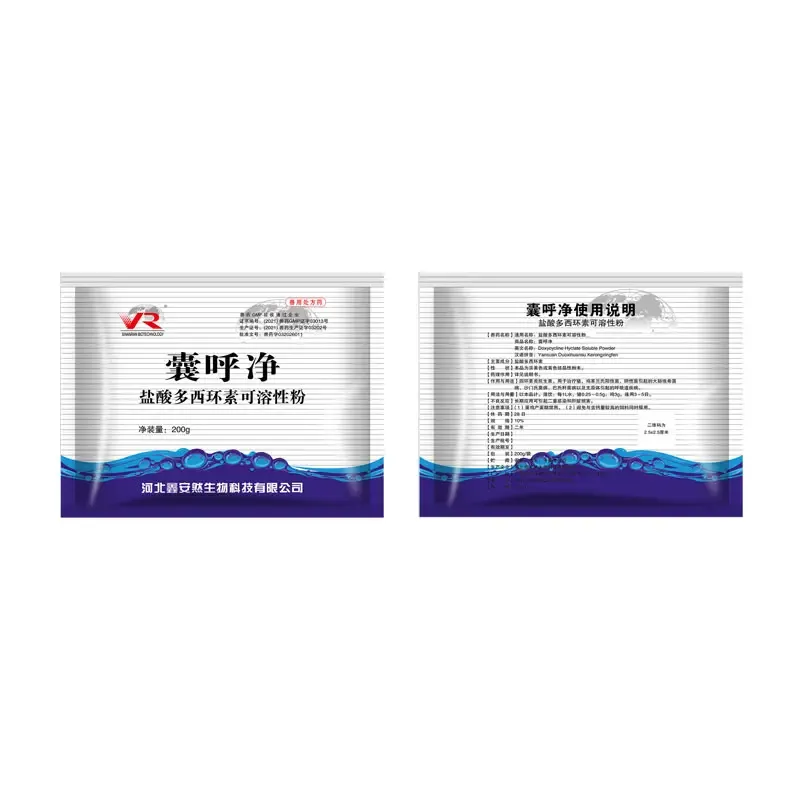- Afrikaans
- Albanian
- Amharic
- Arabic
- Armenian
- Azerbaijani
- Basque
- Belarusian
- Bengali
- Bosnian
- Bulgarian
- Catalan
- Cebuano
- Corsican
- Croatian
- Czech
- Danish
- Dutch
- English
- Esperanto
- Estonian
- Finnish
- French
- Frisian
- Galician
- Georgian
- German
- Greek
- Gujarati
- Haitian Creole
- hausa
- hawaiian
- Hebrew
- Hindi
- Miao
- Hungarian
- Icelandic
- igbo
- Indonesian
- irish
- Italian
- Japanese
- Javanese
- Kannada
- kazakh
- Khmer
- Rwandese
- Korean
- Kurdish
- Kyrgyz
- Lao
- Latin
- Latvian
- Lithuanian
- Luxembourgish
- Macedonian
- Malgashi
- Malay
- Malayalam
- Maltese
- Maori
- Marathi
- Mongolian
- Myanmar
- Nepali
- Norwegian
- Norwegian
- Occitan
- Pashto
- Persian
- Polish
- Portuguese
- Punjabi
- Romanian
- Russian
- Samoan
- Scottish Gaelic
- Serbian
- Sesotho
- Shona
- Sindhi
- Sinhala
- Slovak
- Slovenian
- Somali
- Spanish
- Sundanese
- Swahili
- Swedish
- Tagalog
- Tajik
- Tamil
- Tatar
- Telugu
- Thai
- Turkish
- Turkmen
- Ukrainian
- Urdu
- Uighur
- Uzbek
- Vietnamese
- Welsh
- Bantu
- Yiddish
- Yoruba
- Zulu
നവം . 29, 2024 21:09 Back to list
Effective Disinfection Solutions for Animal Care Facilities and Health Management Practices
The Importance of Disinfectants in Animal Facilities
In animal care settings, maintaining the health and safety of both animals and staff is paramount. A crucial component of this effort is the effective use of disinfectants within animal facilities. Disinfectants play a vital role in controlling infections, reducing pathogens, and ensuring a safe environment for both animals and humans. This article explores the significance of disinfectants, the challenges associated with their use, and best practices for implementation.
Understanding Disinfectants
Disinfectants are chemical agents designed to destroy or inactivate harmful microorganisms on surfaces, instruments, and equipment. These agents vary in their chemical composition and mechanism of action, including alcohols, aldehydes, quaternary ammonium compounds, and phenols. It’s essential to choose an appropriate disinfectant based on the level of microbial control required and the specific needs of the animal facility.
Importance of Disinfection in Animal Facilities
Animal facilities, such as veterinary clinics, research laboratories, and shelters, often have a high density of animals, which increases the risk of infectious diseases spreading. Pathogens can easily transfer between animals and humans, leading to serious health implications. The use of disinfectants can significantly minimize these risks by
1. Preventing Disease Transmission Many zoonotic diseases—those that can be transmitted between animals and humans—can be mitigated through regular disinfection. Ensuring that surfaces and equipment are free from pathogens reduces the likelihood of both animal and human infections.
2. Controlling Outbreaks In the event of an outbreak, rapid disinfection of affected areas is crucial. This proactive approach can help contain the spread of disease, protecting the health of all animals within the facility and preventing the outbreak from extending beyond its boundaries.
3. Enhancing Animal Welfare A clean environment contributes to the overall well-being of animals. Stress levels can be reduced when animals are housed in clean and hygienic conditions, fostering better health and behavioral outcomes.
4. Compliance with Regulations Many animal facilities are required to comply with health and safety regulations. Proper disinfection protocols help facilities meet these standards and avoid penalties or closures.
Challenges in Using Disinfectants
While disinfectants are essential, their application is not without challenges. Some common issues include
animal facility disinfectant

- Chemical Residue Certain disinfectants may leave harmful residues that can affect animal health
. It is important to select products that are safe for the specific species housed in the facility.- Resistance Development Overuse or misuse of disinfectants can lead to microbial resistance, rendering some products less effective over time. This problem emphasizes the need for a strategic and rotating approach to disinfection.
- Environmental Concerns The environmental impact of certain disinfectants, particularly those that are non-biodegradable, can pose risks. Facilities must be mindful of their ecological footprint when choosing disinfectants.
Best Practices for Disinfection
To maximize the effectiveness of disinfectants in animal facilities, consider the following best practices
1. Develop a Comprehensive Disinfection Protocol Establish clear guidelines for when, where, and how disinfection should occur. This protocol should be regularly reviewed and updated to incorporate new findings and technologies.
2. Train Staff Ensure that all staff members are adequately trained on disinfection procedures, including the proper use of disinfectants and personal protective equipment (PPE).
3. Implement Routine Cleaning Regular cleaning and disinfection schedules must be executed, especially in high-traffic areas or when new animals are introduced.
4. Choose Appropriate Disinfectants Select disinfectants that are effective against the pathogens of concern while also being safe for the animals and the environment. Consider using products with proven efficacy as well as safety profiles.
5. Monitor and Evaluate Regularly assess the effectiveness of the disinfection routines through microbiological testing and feedback from staff to ensure continual improvement.
Conclusion
Disinfectants are an integral part of maintaining health and safety in animal facilities. By understanding the importance of these agents, addressing challenges, and implementing best practices, facilities can create a safer environment for animals and humans alike. A commitment to robust disinfection protocols not only protects lives but also enhances the overall welfare of animals in care.
-
Guide to Oxytetracycline Injection
NewsMar.27,2025
-
Guide to Colistin Sulphate
NewsMar.27,2025
-
Gentamicin Sulfate: Uses, Price, And Key Information
NewsMar.27,2025
-
Enrofloxacin Injection: Uses, Price, And Supplier Information
NewsMar.27,2025
-
Dexamethasone Sodium Phosphate Injection: Uses, Price, And Key Information
NewsMar.27,2025
-
Albendazole Tablet: Uses, Dosage, Cost, And Key Information
NewsMar.27,2025













